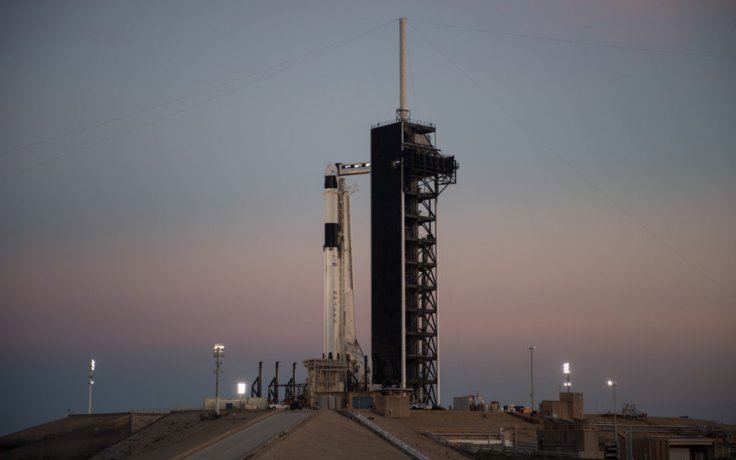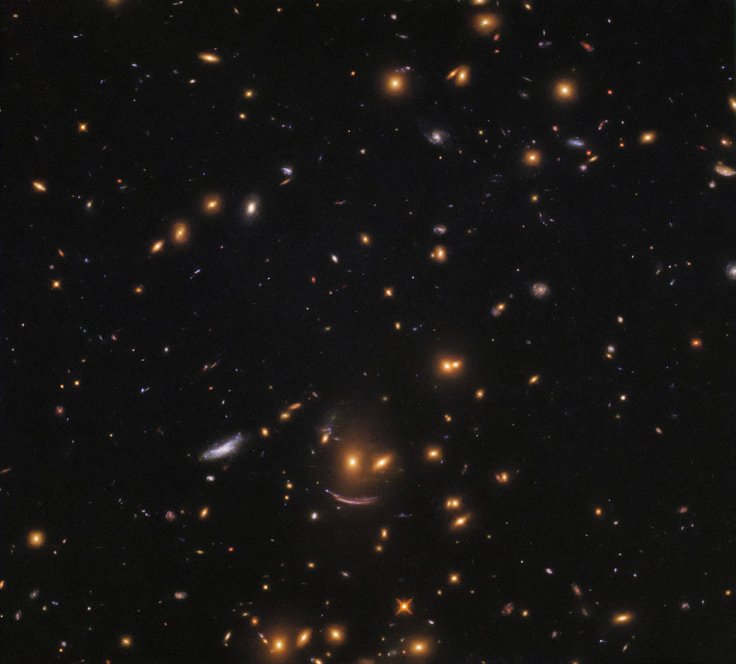
Just before SpaceX proceeds with the launch of the latest batch of Starlink satellites, an astrophysicist warned about the level of light pollution the project will do in the sky. As stated by the astrophysicist, SpaceX's goal with the Starlink project is very concerning.
SpaceX is currently preparing for the launch of its Falcon 9 rocket at the Cape Canaveral Air Force Station in Florida, according to NASA. For the launch, the rocket will carry a total of 60 Starlink satellites that will be deployed into low-Earth orbit.
The upcoming mission will mark the second batch of Starlink satellites sent by SpaceX into Space. The first batch, which comprised of 60 satellites, was launched in May. For Jonathan McDowell of the Harvard-Smithsonian Center for Astrophysics, the public should be more concerned about what the Starlink mega-constellation will do to the sky once it is complete.
According to McDowell, he is particularly concerned about the satellites' albedo, or the amount of light that reflects off them. The astrophysicist noted that due to their brightness, the satellites can be easily spotted from Earth even without using telescopes.

For McDowell, this is a serious issue since the satellites could drown out the brightness of natural cosmic objects such as stars. "The bottom-line answer is, you can consistently see these things," McDowell told Space.com.
Following the initial launch in May, SpaceX confirmed that it wanted to launch a total of 12,000 satellites to complete the Starlink initiative. However, documents submitted by the company to federal agencies last month revealed that it now plans to launch 30,000 more satellites.
This means that once the project has been completed, there will be 42,000 Starlink satellites orbiting Earth. Given this huge number, the astrophysicist warned that the Starlink units could become a constant presence in the night sky. "When you're talking about 30,000 satellites, and many above the horizon at any one time, that's what's new about this," the astrophysicist said. "It's not going to be just the occasional interference, it's going to be continual."
After the launch of the first batch of satellites, SpaceX's CEO and founder Elon Musk noted that he will ask the Starlink team to reduce the albedo of the units. McDowell is hoping that Musk kept his word on reducing the brightness of the satellites.
"We can hope that that will improve things, but let's see, the proof is in the pudding, right?" he said. "All we can do right now is go on what they've actually put up there. And what they've actually put up there are really bright satellites that if you had many thousands of them would represent a serious change to the night sky."








